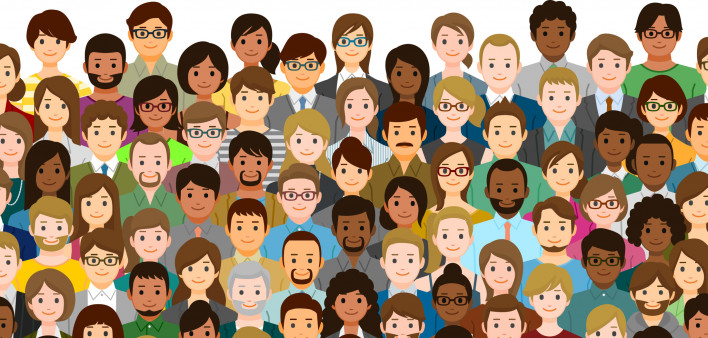What is mental health?
Mental health is everything—it is how we think, feel and act about ourselves, others and the world around us. It affects how we evaluate decisions, actions and life, how we handle stress, how we relate to others and how we express ourselves.
What are mental health problems?
We all, at some point in our lives, face periods of stress and anxiety. It’s normal and healthy. However, when feelings of fear, sadness and self-loathing preoccupy our thoughts and moods for a long period of time and inhibit how we would normally live our lives, it may be a sign of a mental disorder.
Mental health disorders and illnesses affect a person’s thoughts, body, feelings and behavior. They can range from a mild depression to more serious and chronic disorders such as bipolar disorder, schizophrenia and obsessive-compulsive disorder. According to the U.S. Centers for Disease Control and Prevention, about 30 percent of adults suffered from a mental disorder—and major depression is the leading cause of disability in the United States.
Are there factors that put me at risk?
It’s possible. Biology and heredity may play a part, possibly increasing your risk for some diseases. While links haven’t been confirmed, some individuals may have a genetic predisposition because of their family health history. In addition, environmental factors may increase risk. Examples include: poverty, abuse, a history of violence or trauma, lack of support systems, and problems with alcohol or drugs. No single factor is specific to one disorder, but a combination of factors is often related to having a mental disorder.
Does being a minority put me at risk?
That’s also possible. Minorities are overrepresented in high-risk categories like homelessness, incarceration, abuse and poverty. In fact, a supplemental report by the U.S. surgeon general, titled Mental Health: Culture, Race, and Ethnicity, states that living in poverty has “the most measurable effects on the rate of mental illness,” meaning there were direct links between living under the poverty level and suffering from a mental disorder. People in the lowest socioeconomic position are at least two times more likely to face a mental health issue than those in the highest socioeconomic positions. And the overall rate of poverty among minorities in the United States is much higher than that of non-Hispanic whites.
Furthermore, minorities face the additional issues of acculturation and immigration and are also least likely to have health insurance. So while simultaneously facing stressful situations that bring on mental health issues, they are also less able to seek care. And when care is available, it is usually not culturally or linguistically compatible—caregivers just can’t speak the language or understand the culture and therefore have trouble keeping patients in care and building appropriate and effective treatment plans.
In general, it’s hard to tell if minorities suffer more or differently than whites. For example, it appears that Latinos might be less likely to suffer from some conditions but more likely to suffer from others. While the overall suicide rate of Latinos is half that of non-Hispanic whites, suicide attempts for Latina teens is 80 percent higher than for white females in the same age group. And in 2005, the suicide rate among Latino men was five times that of Latina women.
Similarly, it is hard to tell whether current statistics about the African-American community are accurate or whether the group is under reporting. While suicide rates among whites is twice that of African Americans in general, the suicide rate among young African-American men is same as for young white men. African Americans are also 30 percent more likely to report having serious psychological stress.
Is treatment available?
Absolutely. In fact, studies show that most people with mental health illnesses recover completely. Of course, treatment will vary depending on an individual’s needs and could include private therapy, group therapy or medication—or any combination of these. However, the most important step is letting go of stigma and getting into care. Whites are twice as likely to receive antidepressant medication than African Americans and three times more likely to receive mental health treatment than Latinos. Stigma continues to be a major barrier to care, whether it is a feeling of shame, fears of discrimination or a legacy of distrust of the medical community. If you or someone you know needs help, seek help.
Where do I start?
Make an appointment with your primary doctor. Tell him or her everything about how you’re feeling—be honest about any thoughts you may have, even if they are violent or aggressive. Also know that many physical conditions and meds can cause depressive and anxious feelings, so be sure to get a physical exam. If that comes out OK, you can then discuss with your doctor what to do next, including seeing a psychiatrist, psychologist or a clinical social worker.
To learn more about mental health basics from sanemag.com, click here.

Istock
Minorities and Mental Health
More than half a century ago, the World Health Organization defined health as “a state of complete physical, mental and social well-being and not merely the absence of disease and mortality.” A prognosis of health goes beyond the physical body to the mind. Below we look at how minorities are feeling—and what they may be missing in order to build better health.






Comments
Comments